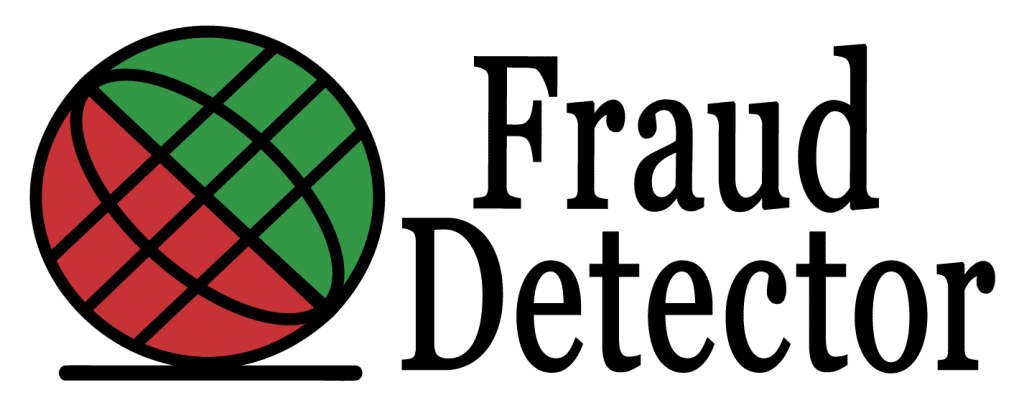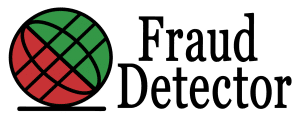Check if a website is fraudulent or a scam with our checklist
Fraud Detector has made a checklist so you can check if a website is fraudulent or a scam. Don’t want to test a website manually? Use our website test for instant results.
Checklist to assess the safety and reliability of a website:
Using this checklist, you can determine whether a website is fraudulent or a scam. When a website is legit, you should be able to answer ‘yes’ to all the questions below. However, it may be possible that a reliable website may not meet all the points. It is up to you to make the final decision whether or not to make a purchase on each website. However, we do recommend that if you have a gut feeling the website isn’t right, you discontinue the purchase.
- Does the protocol of the URL have ‘https’?
‘https’ is a secure protocol for websites. Any website builder who values the safety of their website and their customers will make sure that their website’s protocol is ‘https’.
- Is there a closed padlock symbol in the browser’s search bar?

- Is the language used on the website in order?
Some websites are translated automatically from another language, and the texts on the websites are therefore often full of grammatical and spelling errors. Bad translations are often quickly seen in the general terms and conditions or the privacy policy. Also, the language of the terms and conditions may be in a different language than the rest of the website. Finally, the general terms and conditions may contain the wrong company name. This can occur when the terms and conditions are copied from another company. If the language is not in order, the website is often unreliable.
- Are realistic offers being made for goods or services being sold?
If a website offers something too good to be true, then there is probably a dishonest profit model behind it. Examples are brand-name clothing at 50% off or a pop-up that says you have won a prize because you are the umpteenth visitor.
- What do reviews say about the website?
It is often easy to tell whether a website is legitimate from its reviews. Search the internet for the name of the website or company with ‘reviews’ behind it (e.g. ‘www.website.com reviews’). If there are no reviews, the website is probably fake or new. If reviews can be found, check out the negative reviews. After all, scam websites often post positive reviews about themselves and don’t post a lot, if any, reviews in which they are rated negatively. When looking for reviews, make sure that the reviews are from a different website than the one you want to read reviews about.
- Is the domain name logical and does it match the website?
If a website selling designer clothes has a domain name made up of an inexplicable series of letters, it’s probably a scam website. This does not include subdomains. For example, google.exampledomain.com has nothing to do with Google, because the domain name is ‘example domain’. The subdomain is ‘google’ and suggests that the website is from Google, but the name of a subdomain says nothing about the website. You should only look at the domain name to find out which website you are actually on. Note that a website can have multiple subdomains, but only have one domain name. The domain name is always to the left of the TLD.
- Is there contact information on the website, and is it correct?
On the website of any reliable website, the contact page contains contact information. If the contact page only has a contact form or email address but no other contact information, the website is probably fake. The contact information should also be verifiable with sources other than the website itself. The location can be verified with Google Maps and the Chamber of Commerce number can be checked at the website of the Chamber of Commerce. The latter is a particularly reliable test. You can also call the company to verify, hear who answers, or perhaps discover that no one answers or the number does not exist.
- Are there more payment options than just paying by credit card or PayPal??
If the only method of payment is by use of a credit card, we advise you to not enter a credit card number. Once a hacker has obtained this number your bank account could be emptied. In fact, once the number is sent, fake websites sometimes give an error to get the victim to try another credit card number. By using prepaid credit cards you can limit any damage, as hackers will not have access to the money in your bank account.
- Is the website from the correct country?
The country where the website originates can be found with the ip-location.net website. Here you can enter the URL of the website to be investigated. A website in Dutch usually comes from the Netherlands. If the location of the website does not make any sense, you should be wary.
- Is the website’s certificate reliable?
The certificate can be seen by first clicking on the padlock and then on ‘(show) certificate’. A clear indication of a trustworthy website is when the certificate shows not only the URL of the website but also the name of the company running the website. This can be checked by clicking on ‘details’. For example, the webshop bol.com is well secured because the certificate is not only issued to ‘www.bol.com’, the URL, but also to ‘Bol.com B.V.’, the name of the organization. For the secure certificate of bol.com, see the image below.
- Are the links to any social media correct?
Often websites contain logos or links that point to Facebook or Instagram, for example. You should check whether these links are there and are working. If they only direct you to the homepage of the website, and not to a specific account, the website is probably unreliable. If the link does direct to an existing account, see if this account looks real. If there are very few posts, the account is probably fake.
Explaining the checklist:
Websites are ever more being created by cybercriminals to obtain money or information from unsuspected Internet users. With the increasing risk of running into a fraudulent or scam website, checking if a website is legit is important. Use this checklist to prevent becoming a victim of cybercrime. Don’t want to manually test a website? Use our website test to check a website instantly.
Sometimes products are ‘sold’ directly through the website without actually delivering the product. In other cases, pin or credit card information is requested. It can also happen that passwords and/or identity information are requested by hackers through scam websites. With just an email address, hackers can already obtain a lot of information.
Many websites that are fraudulent or scam websites are fortunately easy to identify with the points on this checklist. Can you answer yes to the question? Then the website is safe on that point.
The checklist lists parts of the URL by name. Not sure what is meant by some terms? A website domain is divided into several parts. For example, the link: https://fraud-detector.eu/test-the-reliability-of-websites/
https
protocol://www
subdomain.fraud-detector
domain name.eu
TLD/test-the-reliability-of-websites
directory/
There are a few components to be named in the above link:
https:// – is the protocol
fraud-detector.eu – is the domain name
test-the-reliability-of-websites/ – is the directory
.eu- is the TLD (topleveldomein)
Well known top-level domains are for example: .com, .org, .nl, .uk. Nowadays these can also be words and names of places (such as .amsterdam).



